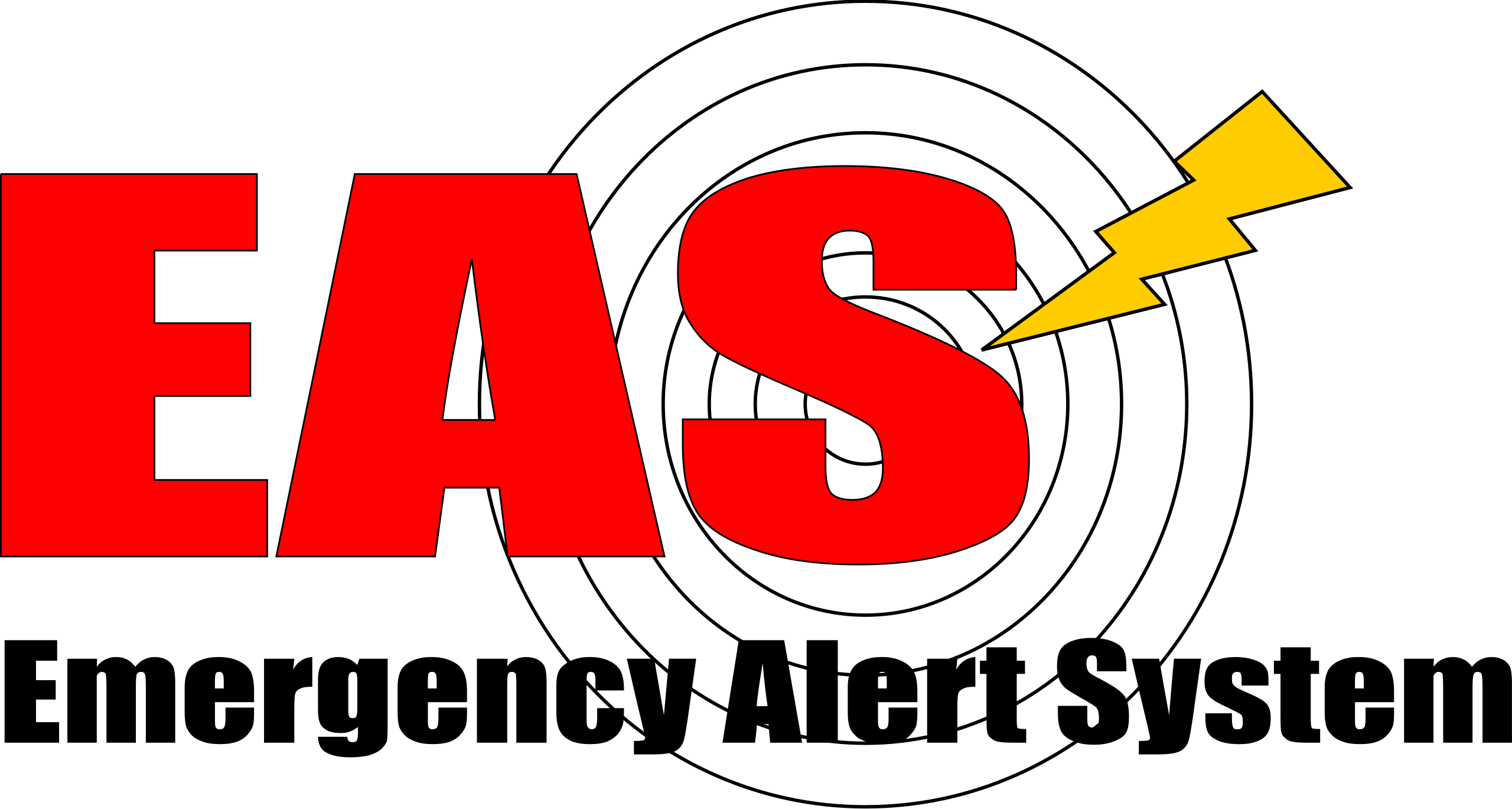
WASHINGTON, D.C.—The FCC has agreed in part to delay the implementation of a requirement that television broadcasters aurally describe visual but non-textual emergency information, such as maps or other graphic displays.
The current waiver had been scheduled to expire on May 26, 2023. The new ruling extends the waiver for an additional 18 month period ending November 26, 2024.
In granting the extension of the waiver, the FCC’s Media Bureau noted that: “It is undisputed that the broadcast industry still has not been able to identify an automated technical solution to ensure timely, accurate, and reliable descriptions of images and dynamic video conveying visual emergency information over existing broadcast systems. While [the American Council of the Blind] ACB and [the American Foundation for the Blind] AFB question whether the broadcast industry has made a good faith effort to achieve the accessible emergency information requirements, according to NAB, it has engaged with stakeholders both inside and outside the broadcast industry over the course of the current five-year waiver period in an effort to find a viable technical solution for automated creation and delivery of aural descriptions for visual non-textual emergency information.”
Congress, through the Twenty-First Century Communications and Video Accessibility Act of 2010 (CVAA), directed the FCC to identify methods to convey emergency information in a manner accessible to individuals who are blind or visually impaired. The FCC adopted its first rules on the issue in 2013 with a compliance deadline of 2015 but compliance was delayed by waivers until May 26, 2023, when the FCC granted another extension to the waiver.
After receiving comments from the NAB, SBE, ACB, AFB and others, the FCC ruled that “We decline at this time to require that broadcasters implement an interim manual solution at this time, as suggested by ACB and AFB. As discussed above, NAB alleges that in most instances emergency content provided in graphic displays is duplicative of emergency information provided in textual crawls and transmitted aurally on a secondary audio programming stream. We recognize concerns raised by commenters that mandating a manual solution could lead some broadcasters—particularly, broadcasters that serve smaller communities and may not have adequate staffing or resources—to forego the use of non-textual graphic displays altogether rather than risk a possible FCC penalty. Therefore, a requirement that broadcasters implement a manual solution could effectively result in the provision of less emergency information to the public. Nevertheless, we strongly encourage broadcasters to provide the critical details of graphically displayed emergency information through non-automated means whenever possible during the pendency of this waiver.”
The FCC granted the waiver with, however, a number of conditions and is requiring the NAB to submit quarterly status reports to the Media Bureau and the Consumer and Governmental Affairs Bureau.
The FCC ordered that these reports shall, at a minimum, include the following elements:
- "Information detailing the extent to which broadcasters need to invoke the waiver. NAB may assess broadcasters’ continued need for the waiver, for example, by monitoring an appropriate sample size of broadcasters and determining the number or percentage of instances among this sample where a radar map or other graphic image used during the presentation of emergency information conveys critical details that are not provided in an accompanying crawl and transmitted aurally on a secondary audio programming stream.
- Description of NAB’s outreach to the disability community and its efforts, in consultation with the disability community, to develop standards or best practices to be used by broadcasters in ensuring that the critical details of non-textual images displaying emergency information are accurately provided to viewers who are blind or visually impaired and to train broadcasters on the use of such standards or best practices.
- Description of NAB’s efforts, in consultation with broadcast industry experts and relevant non-broadcast technical experts, to develop automated solutions for complying with the requirement to aurally describe visual, non-textual emergency information, such as solutions afforded by AI-based systems or the ongoing adoption of ATSC 3.0 in more television markets, and any progress made toward the development of such solutions.
- Description of training and best practices for broadcasters to offer effective communication of critical emergency information conveyed in graphic images in textual crawls and aural transmissions on secondary audio programming streams even if the critical emergency information is in a different form than the description of visual material, as well as tangible efforts by NAB to conduct or encourage such training and best practices for specific broadcasters.
- If at any time during the course of the waiver period, the industry, in consultation with the disability community, determines that there is a preferred and effective alternative to an automated technical solution, any subsequent reports should explain what steps are being or will be taken, using such alternative solution, to ensure that viewers who are blind or visually impaired will have access to the same critical details that are provided in a non-textual manner," according to the FCC.







